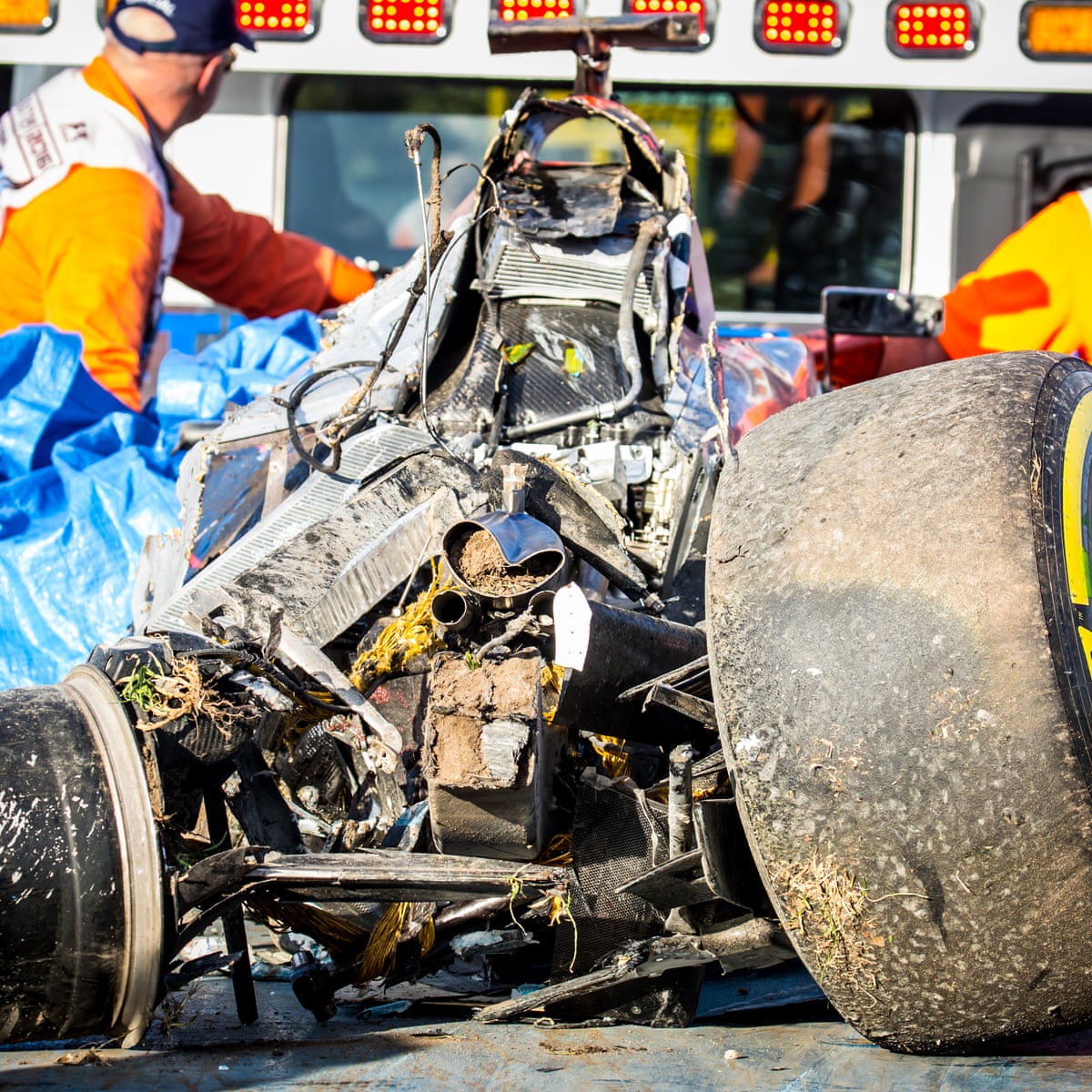In a shocking exploration of the most controversial crashes in Formula 1 history, a new video raises a haunting question: were these incidents mere accidents, or did they represent calculated acts of aggression? From breathtaking survivals to devastating tragedies, the world of F1 has witnessed moments where the line between competition and calamity blurs, leaving fans and drivers alike grappling with the consequences.
 The adrenaline-fueled world of Formula 1 is often celebrated for its precision and engineering marvels, but this video delves into the darker side of the sport—where speed meets chaos. It recounts the harrowing moments when cars shattered, careers ended, and lives were irrevocably changed.
The adrenaline-fueled world of Formula 1 is often celebrated for its precision and engineering marvels, but this video delves into the darker side of the sport—where speed meets chaos. It recounts the harrowing moments when cars shattered, careers ended, and lives were irrevocably changed.
Valencia 2010 saw Mark Webber defy gravity in a jaw-dropping crash that left him miraculously unharmed. His Red Bull soared through the air, a spectacle that showcased the limits of physics and the resilience of modern safety standards. Meanwhile, Montreal 2007 witnessed Robert Kubica’s car disintegrate in a catastrophic collision, yet he emerged with only minor injuries, a testament to the advancements in safety technology.
However, the narrative shifts dramatically when discussing intentional collisions. The infamous Spa Francorchamps incident in 2012, where Romain Grosjean’s reckless maneuver wiped out multiple title contenders in seconds, sparked outrage and debate over driver responsibility. The FIA’s response was swift, issuing a ban that echoed throughout the paddock.
As the video progresses, it recounts the tragic fate of Felipe Massa, who suffered life-threatening injuries from a freak accident in 2009, and Michael Schumacher’s infamous collision with Jacques Villeneuve in 1997, which some argue was a deliberate act of sabotage. The fallout from these incidents continues to reverberate through the sport, raising unsettling questions about the lengths to which drivers will go to secure victory.
The narrative reaches a chilling climax with the tragic death of Jules Bianchi in 2015, a catastrophic crash that underscored the urgent need for improved safety protocols in F1. His legacy, marked by the introduction of vital safety measures, serves as a somber reminder of the risks inherent in the sport.

This gripping video encapsulates the essence of F1’s most hated crashes—moments of triumph overshadowed by tragedy, where the thrill of speed collides with the harsh reality of danger. As fans debate the morality of each incident, one thing remains clear: in the high-stakes world of Formula 1, the difference between glory and disaster is measured in milliseconds.
As the debate rages on, the F1 community is left to ponder: were these crashes mere accidents, or were they calculated acts of aggression that forever altered the landscape of motorsport? The answers may lie in the hearts and minds of those who dare to race at breakneck speeds.





